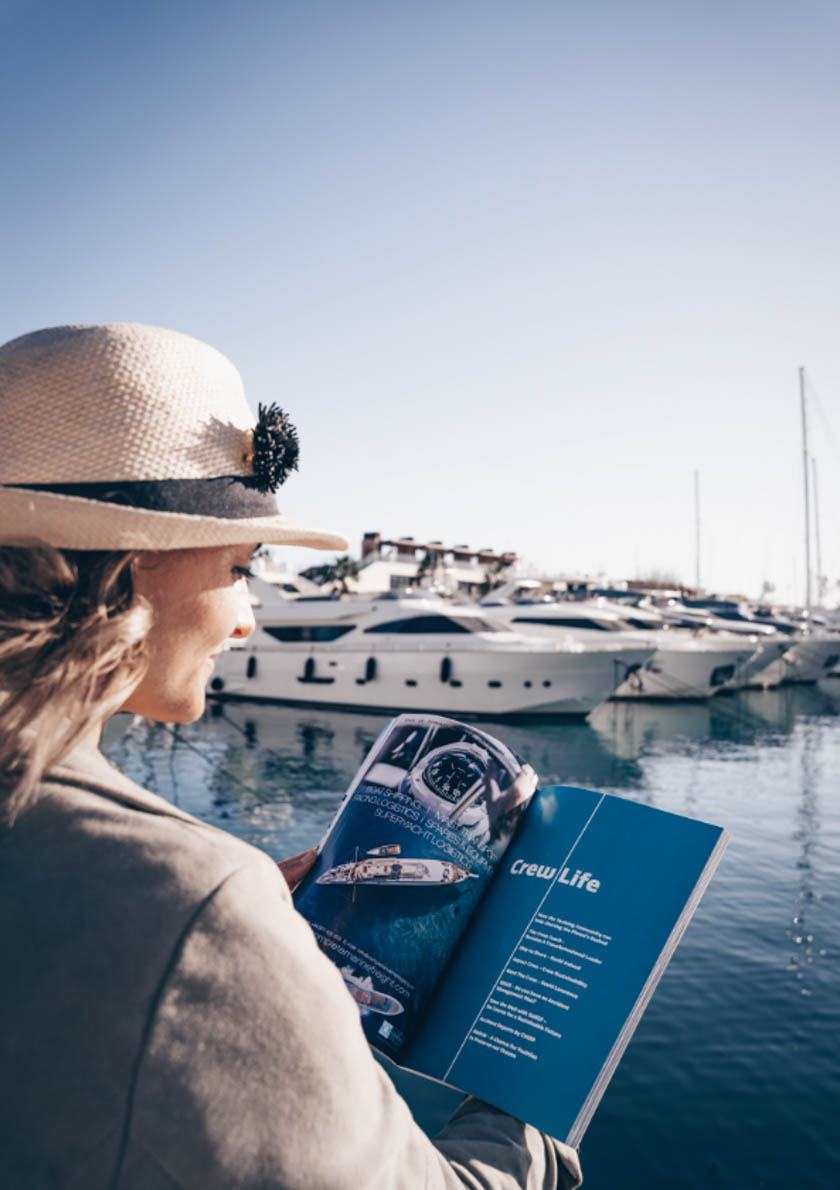They are generally considered impertinent. The welcomed white cloud, with the appearance of a cotton flake that sometimes shows itself in an early summer evening and allows us to alleviate the solar hammering that burns us, that is probably the only really welcome cloud. I say “in general” because there are the clouds of the farmer, those of the life cycle of nature. And the ones that scare us, where thunder is formed, those that were believed to carry the Gods inside them who manifested their anger by riddling us with lightning and making us realize how mortal we were. That was until Benjamin Franklin lifted his kite and blew all the Olympians together, proving that these were not divine spears but electricity on messy rides.
I was always attracted to clouds: how they change shape, the colours they acquire depending on the time of day. . . Remember the movie “Girl with a Pearl Earring”? Johannes Vermeer, the Dutch painter from Delft, asked his maid what colour the clouds were. She (Scarlett Johansson, gorgeous) answered him – white, everyone knows – and, asking Vermeer to take a good look, she discovers that they were a little blue, had some pink, and some ochre tint. Sometimes I see an unusual cloud and I take a photo of it. My wife, one of those days when she saw me pointing to the sky where nothing could be seen, and having myself turned 60, asked me – do I have to worry? –
I remember the day the tornado passed through Palma. I was at the Moll Vell and I saw that there was something strange in the sky. I took photos until darkness prevented me from continuing. In the photos you can see how the tornado was formed.
Clouds speak to the navigator. And they speak to it in a near language both in time and space, since, if we see a cloud at mid-height, it is because we have it relatively close. If it has very soft but well-defined edges, as if it were a smoked glass sculpture, we know that the wind is coming, and strong.
In the Windward Islands of the Caribbean, between Guadeloupe and Grenada, the so-called “channels” or passages between islands are between 30 and 40 miles, the distance between Mahón and Cala Ratjada. When one sails in a sailboat up to 15m in length the horizon is about 8 to 10 miles away, the destination (the next island) is not seen when the crossing begins. But over those islands, the majority volcanic like Guadeloupe, Martinique, Saint Lucia or Saint Vincent, clouds always hang, fed by the humid and hot air of the jungle below. You can sail without a compass, just aim at the only clouds you will see on the horizon, which were already there when D’Esnambuc took Martinique for the French and when the English defended the Diamond Rock (they defeated them by leaving rum on a little beach). Mont Pelée in Martinique is always crowned by a cloud, its top has rarely been seen. It erupted in 1902, killing the 30,000 inhabitants of St Pierre, at the time the island’s capital. Only one prisoner locked in an underground cell was saved. In 1984, while I was chartering there, one day the mountain dawned without the cloud. The whole island was scared. Few people slept that night. Caribbean rites and customs still form an important part of the lives of these people. And that missing cloud occupied, that day, the minds and hearts of the locals.
By Oscar Siches













0 Comments